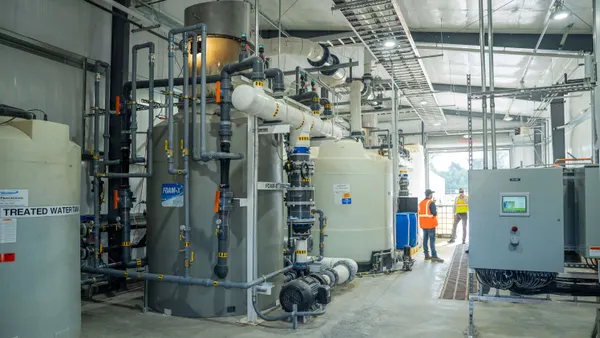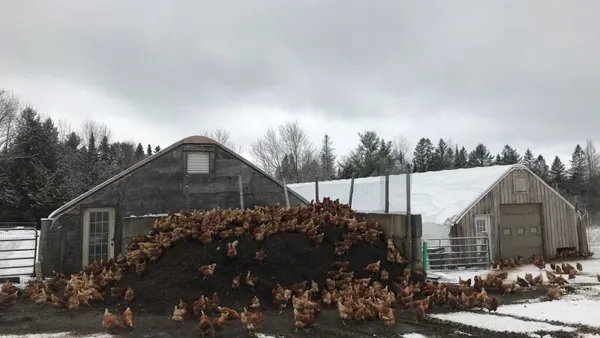Highlights:
- Michigan State researchers have developed a new biofuel production process that produces energy more than 20x higher than existing methods
- New process employs a previously unused approach to use microbes to produce biofuel while consuming agricultural waste
-
The new fuel cells use corn stover treated by an ammonia fiber expansion process. This is a highly advanced process originally started at Michigan State.
From the article:
A new biofuel production process created by Michigan State University researchers produces energy more than 20 times higher than existing methods.
The results, published in the current issue of Environmental Science and Technology, showcase a novel way to use microbes to produce biofuel and hydrogen, all while consuming agricultural wastes.
Gemma Reguera, MSU microbiologist, has developed bioelectrochemical systems known as microbial electrolysis cells, or MECs, using bacteria to breakdown and ferment agricultural waste into ethanol. Reguera's platform is unique because it employs a second bacterium, which, when added to the mix, removes all the waste fermentation byproducts or nonethanol materials while generating electricity.
Similar microbial fuel cells have been investigated before. However, maximum energy recoveries from corn stover, a common feedstock for biofuels, hover around 3.5 percent. Reguera's platform, despite the energy invested in chemical pretreatment of the corn stover, averaged 35 to 40 percent energy recovery just from the fermentation process, said Reguera, an AgBioResearch scientist who co-authored the paper with Allison Spears, MSU graduate student.












